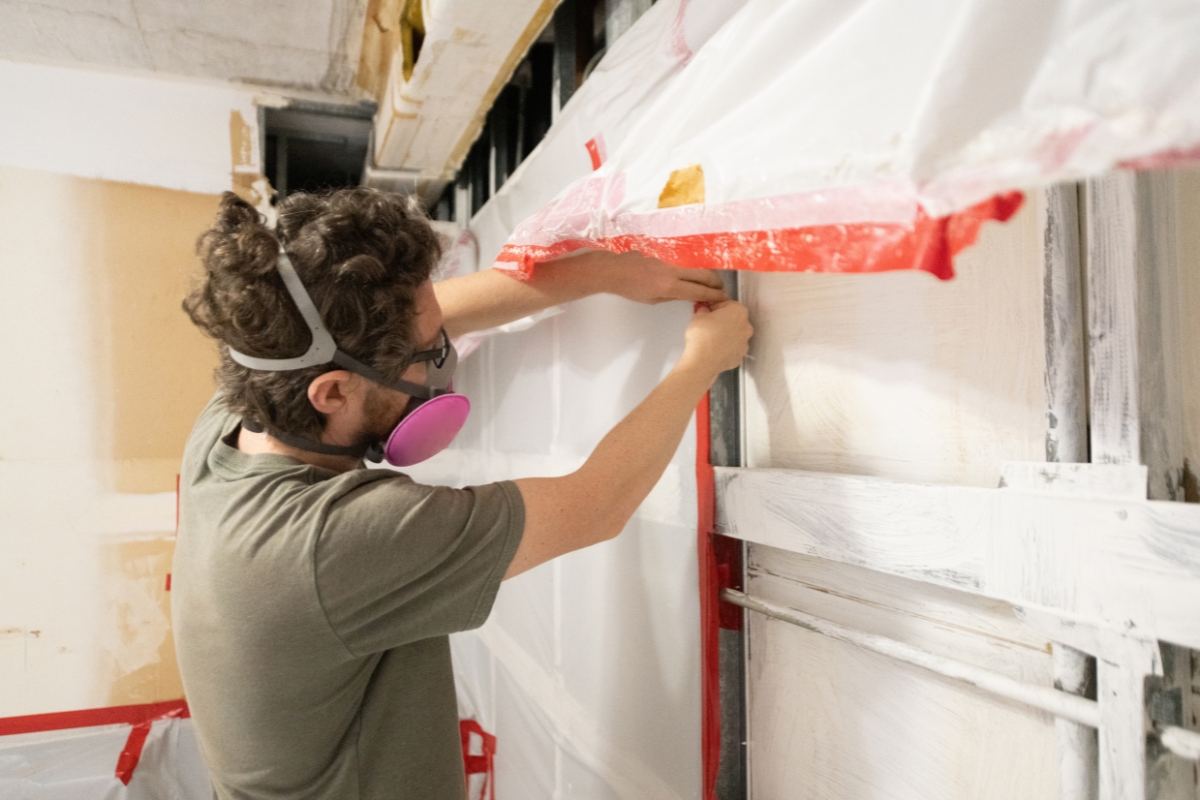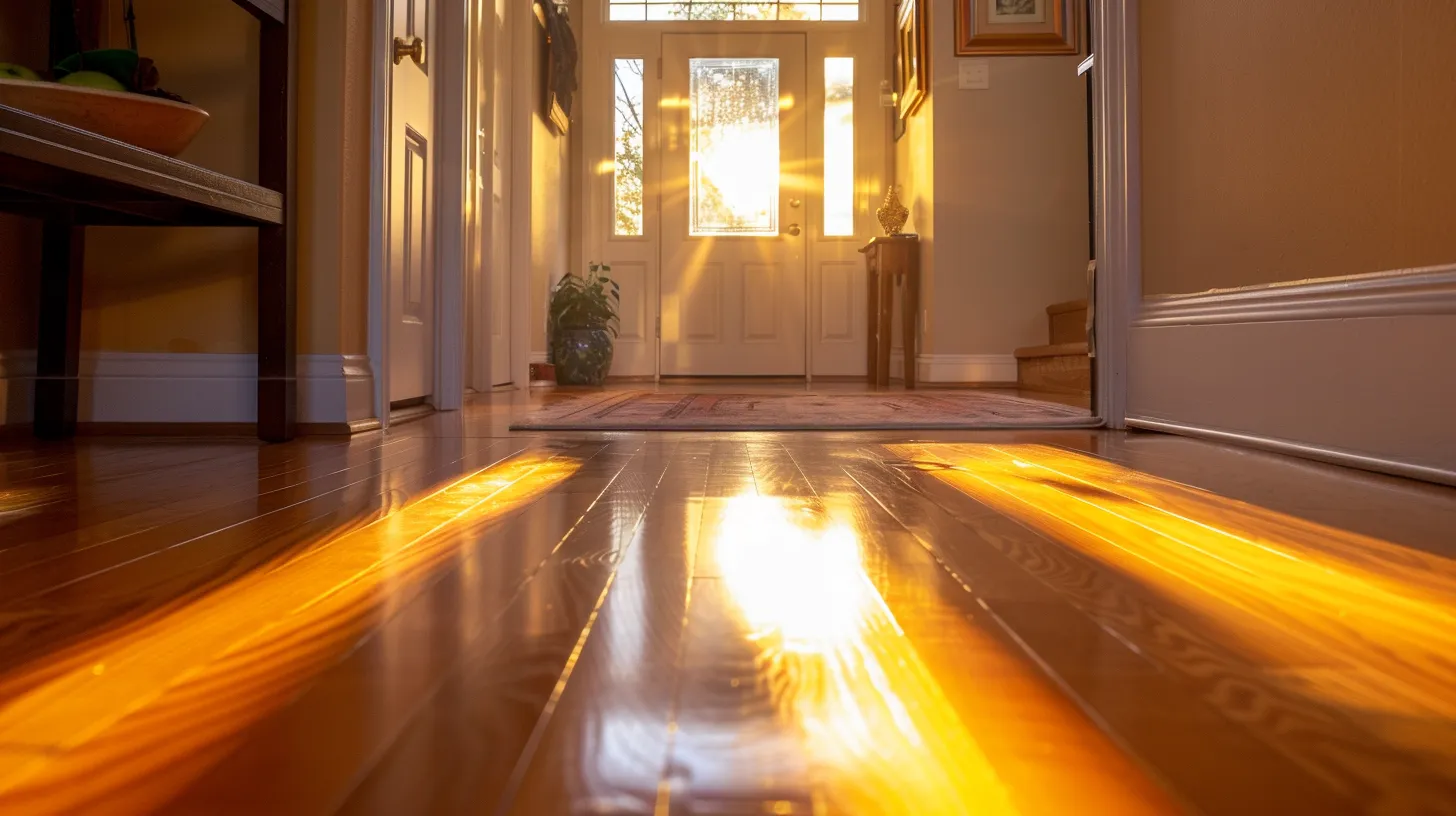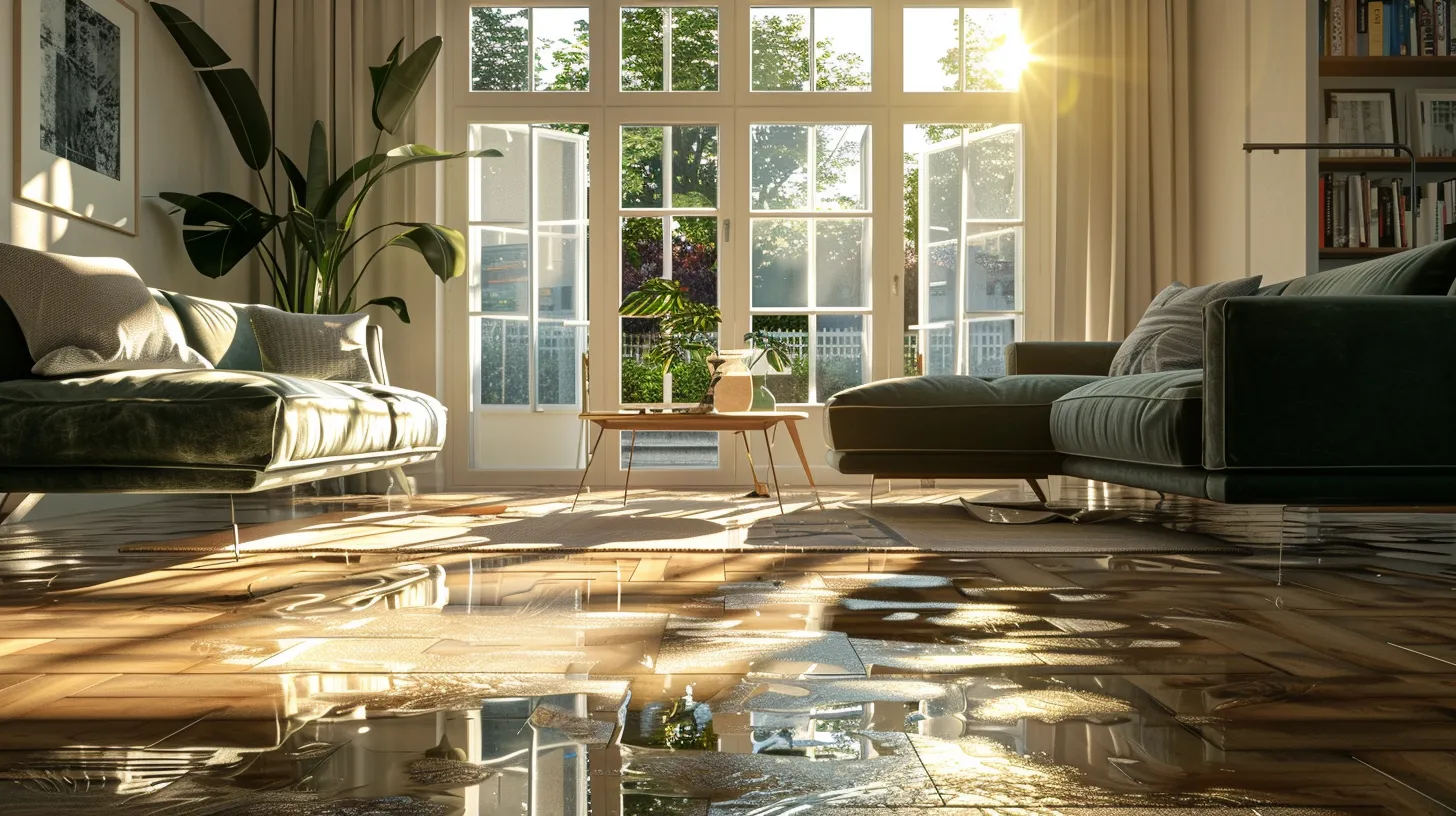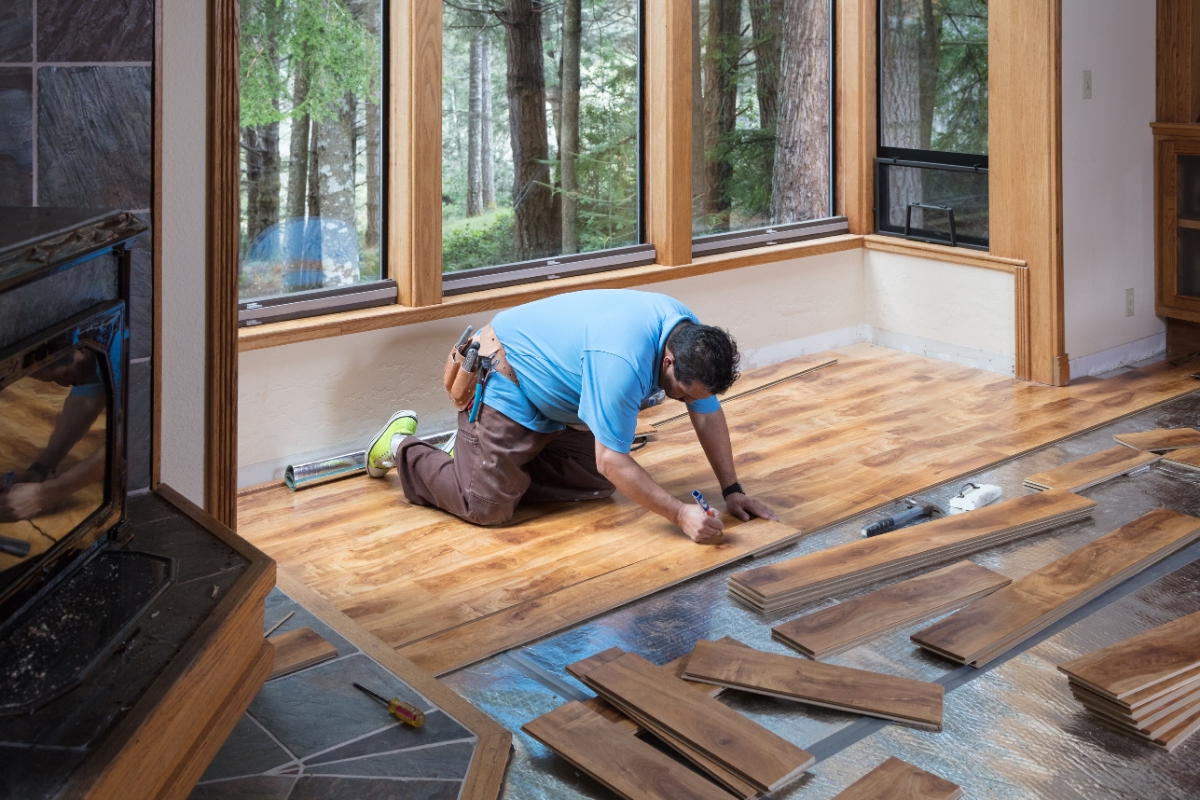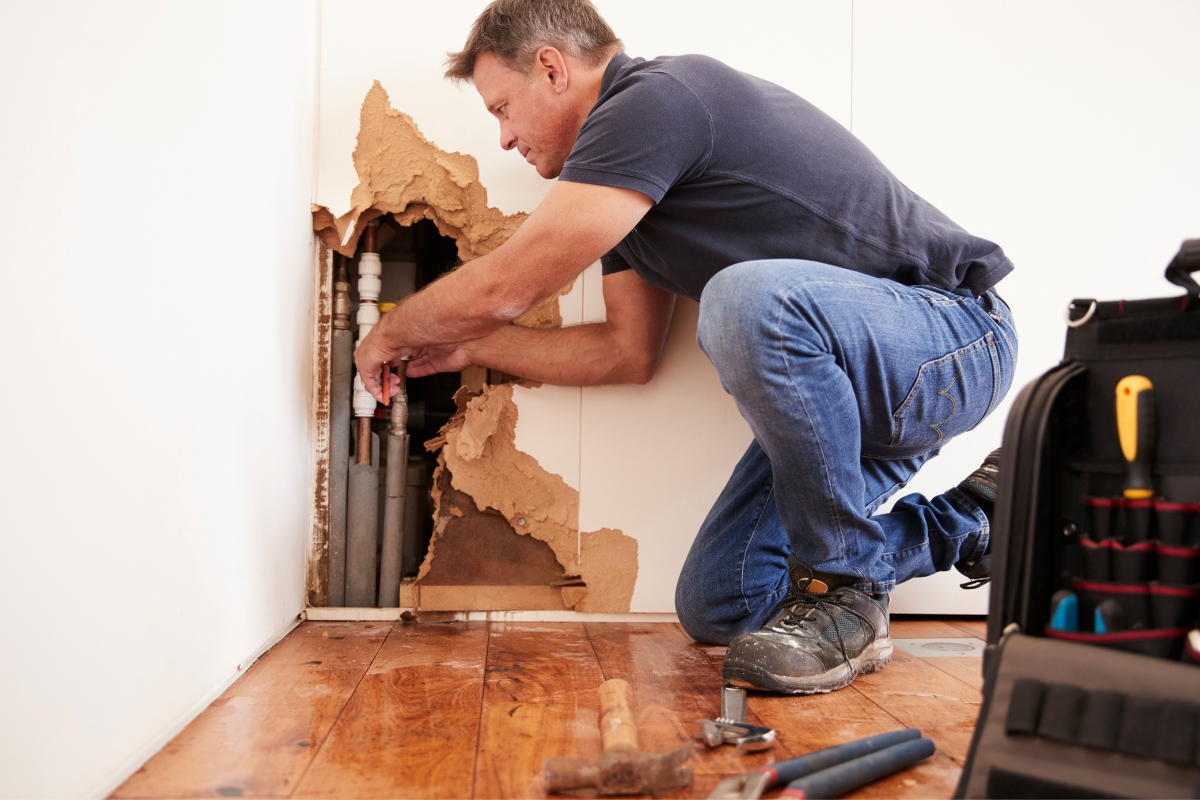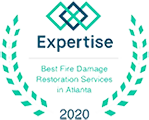Mold can quickly become a serious issue in your home, posing both structural risks and significant health hazards. Whether you’re dealing with a small patch or a more widespread problem, removing mold safely is essential to protect your home and health.
Without the proper precautions, mold removal can expose you to harmful spores, leading to respiratory issues, allergic reactions, and more. In this guide, we’ll cover essential tips for mold removal safety, from protective gear and cleaning techniques to knowing when it’s time to call in a professional.
Whether you’re tackling a minor issue or managing a larger infestation, these mold cleanup tips will help you eliminate mold effectively while safeguarding your well-being.
Top Mold Removal Safety Tips You Can’t Afford to Ignore
Identifying Mold: Know the Signs and Types
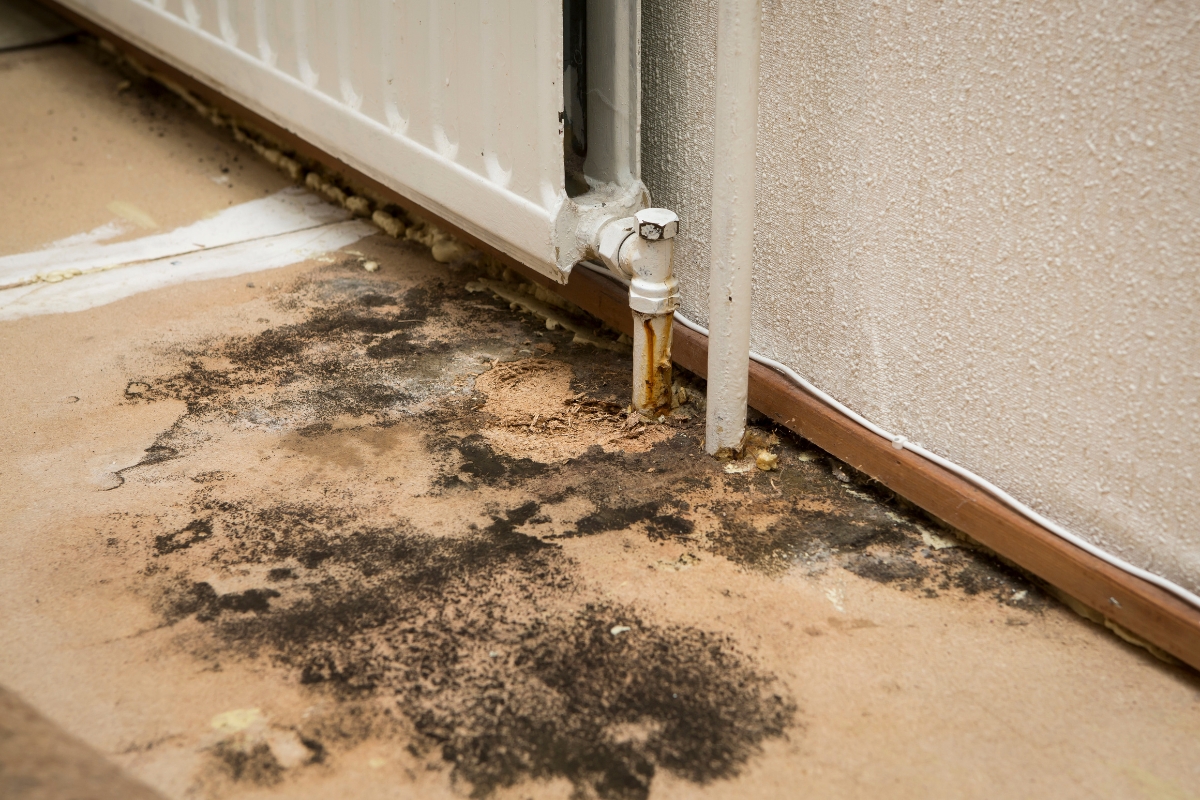
Mold can be tricky to spot, often hiding in plain sight or in hidden corners of your home. To help you catch it early, here are a few key signs to watch for. The most obvious sign is a musty odor that lingers in certain areas of your home. You might also notice discoloration on walls or ceilings.
These patches can come in various colors, including black, green, yellow, brown, or even white, depending on the type of mold. Often, mold is found growing on fabrics, carpets, or wood, where it thrives in damp or humid conditions.
There are several common types of mold you should be aware of.
- Cladosporium is typically found on fabrics, carpets, and wood surfaces. It can grow in both warm and cool environments, making it a common intruder.
- Aspergillus is another frequent offender, often found in damp areas such as bathrooms or kitchens. This type of mold is known for its potential to cause respiratory issues.
- Stachybotrys chartarum, or black mold, thrives in areas with excessive moisture, like basements or water-damaged sections of your home. It’s notorious for producing harmful toxins that can severely impact indoor air quality.
- Penicillium, meanwhile, is commonly found on water-damaged materials like wallpaper or carpets and can spread rapidly, causing allergic reactions.
If you notice any of these signs or types of mold in your home, it’s important to take action quickly. Properly addressing mold early can prevent it from spreading and help protect the health of your household.
Understanding the Health Risks Associated with Mold Exposure
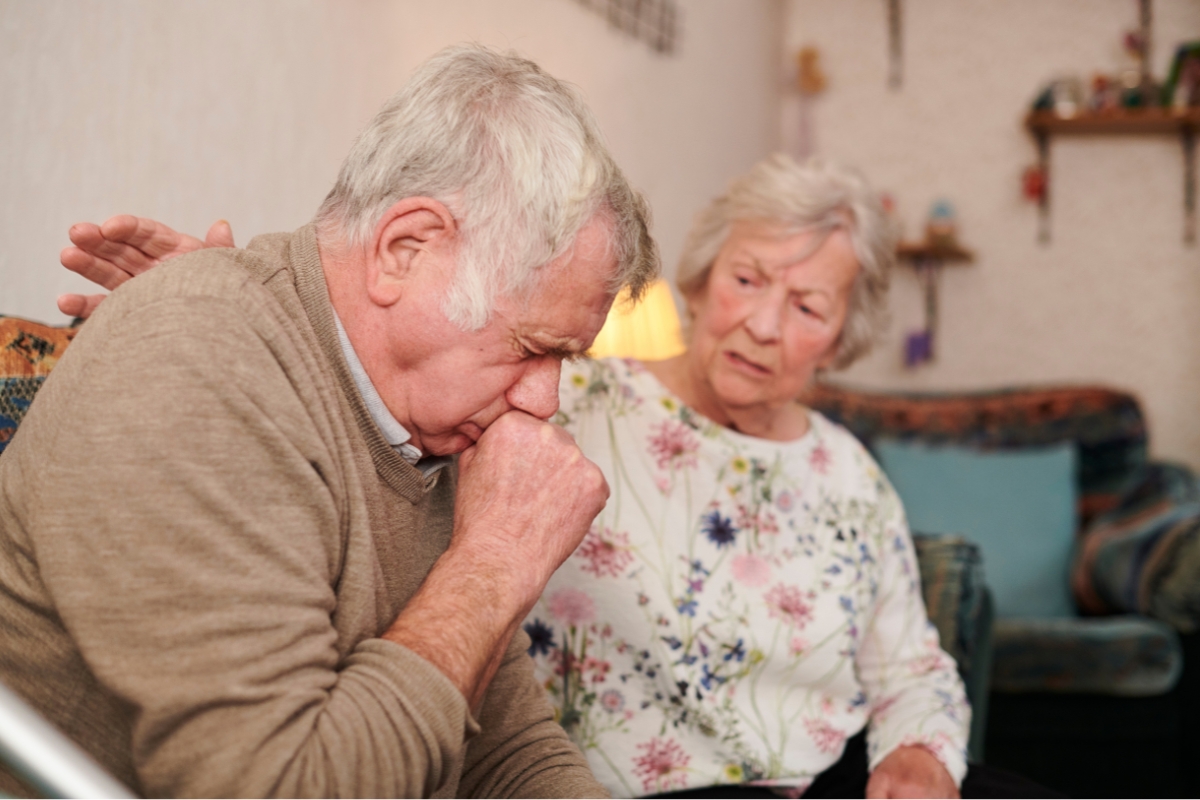
Mold exposure poses a variety of health risks, many of which can affect individuals differently based on their sensitivity, health conditions, and the type of mold present.
When mold spores are inhaled, they can trigger allergic reactions such as sneezing, coughing, itchy skin, and watery eyes. These symptoms are often more pronounced in individuals with allergies, but mold exposure can impact anyone, particularly in cases of long-term contact.
For those with asthma or pre-existing respiratory conditions, the health risks are even greater. Exposure to mold can exacerbate asthma symptoms, lead to chronic coughing, and trigger asthma attacks that may require medical intervention. Moreover, mold can worsen symptoms of chronic obstructive pulmonary disease (COPD), making it harder to breathe and manage flare-ups.
Certain types of mold, like black mold (Stachybotrys chartarum), can produce mycotoxins, which have been linked to more severe health problems. Prolonged exposure to mycotoxins can lead to neurological issues, including headaches, dizziness, and memory impairment. These symptoms may progress over time, making early detection and mold removal essential for safeguarding your health.
Understanding and addressing mold growth in your environment can help reduce these risks, ensuring a safer and healthier living space for you and your family.
Importance of Proper Ventilation During Mold Removal
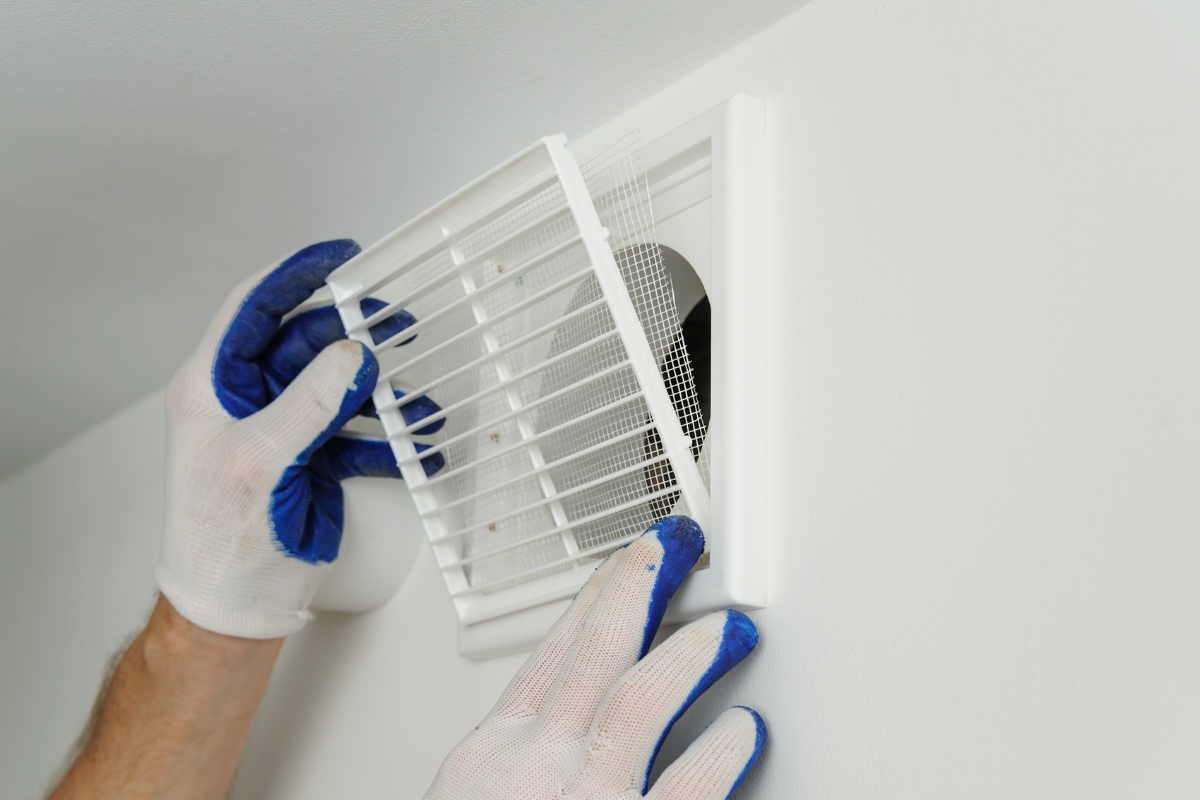
Proper ventilation is a crucial component of mold removal safety, as it helps minimize the spread of harmful spores and ensures a healthier environment during the cleanup process.
Mold thrives in moist, enclosed areas, and disturbing it without proper ventilation can cause the spores to become airborne, increasing the risk of inhalation and further contamination in other parts of your home.
Before beginning any mold remediation, it’s essential to open windows and doors to allow fresh air in and provide an escape route for spores. Fans or dehumidifiers can also help reduce the humidity that encourages mold growth. However, be mindful of fan placement.
Blowing air directly onto mold can scatter spores, making the problem worse. Instead, position fans so that they draw air out of the contaminated space towards open windows, ensuring that mold spores are expelled rather than redistributed.
Choosing the Right Protective Gear: Masks, Gloves, and Clothing
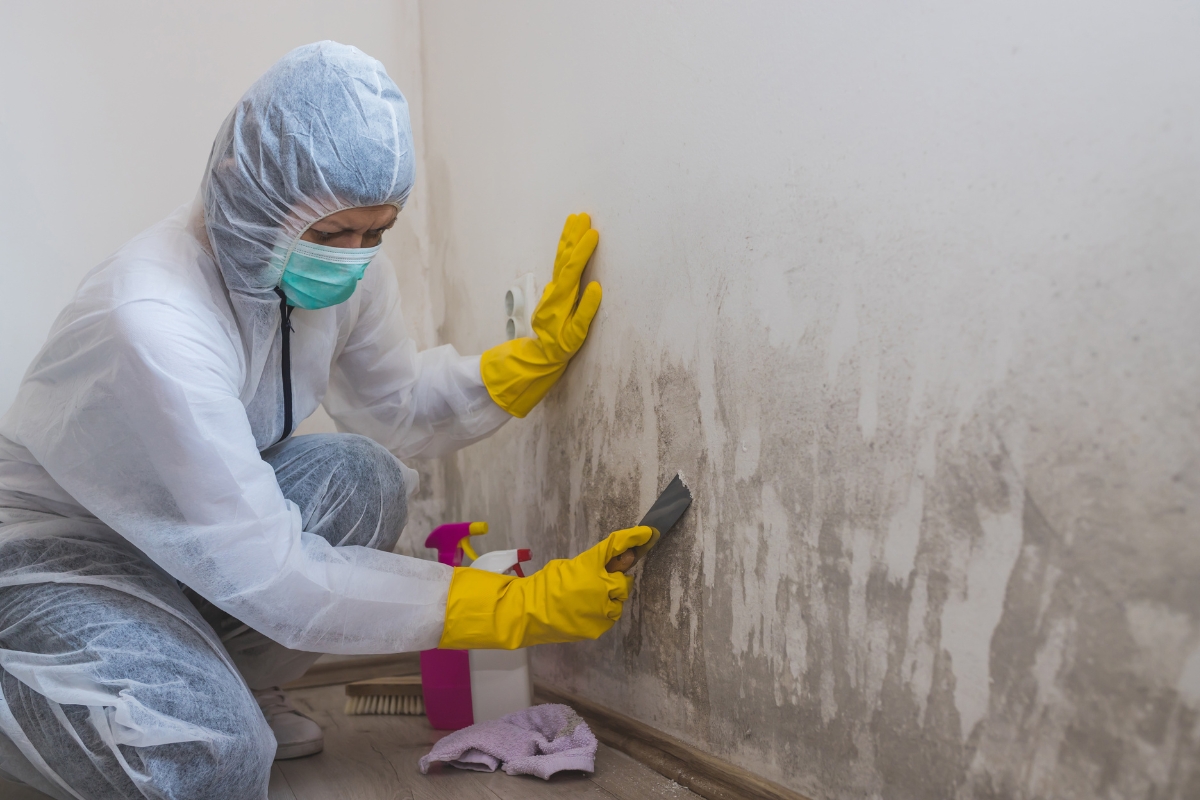
When tackling mold removal, it’s crucial to equip yourself with the right mold remediation PPE (Proper Protective Equipment) to safeguard against potential health risks. Mold spores can easily become airborne during the removal process, and without adequate protection, they can be inhaled or come into contact with your skin, leading to allergic reactions, respiratory issues, or other health concerns.
A high-quality mask or respirator is essential for protecting your respiratory system. The best option is an N95 mask or higher, which is designed to filter out tiny particles, including mold spores. Ordinary cloth masks or surgical masks won’t offer the same level of protection, so it’s vital to choose an appropriate respirator to minimize your exposure.
In addition to a mask, gloves are necessary for handling moldy surfaces and harsh cleaning chemicals. Latex or nitrile gloves are both durable and resistant to chemicals, preventing skin irritation or allergic reactions. Make sure the gloves are long enough to cover your wrists fully.
For full protection, wear long-sleeved shirts and pants that can be easily cleaned or discarded afterward. This helps prevent mold from adhering to your skin and reduces the risk of spreading spores to other areas of your home.
After the cleanup, wash your clothing immediately in hot water to eliminate any lingering spores. Taking these precautions will significantly reduce your risk of exposure and help ensure safe mold removal.
Safe Handling of Cleaning Products and Disinfectants
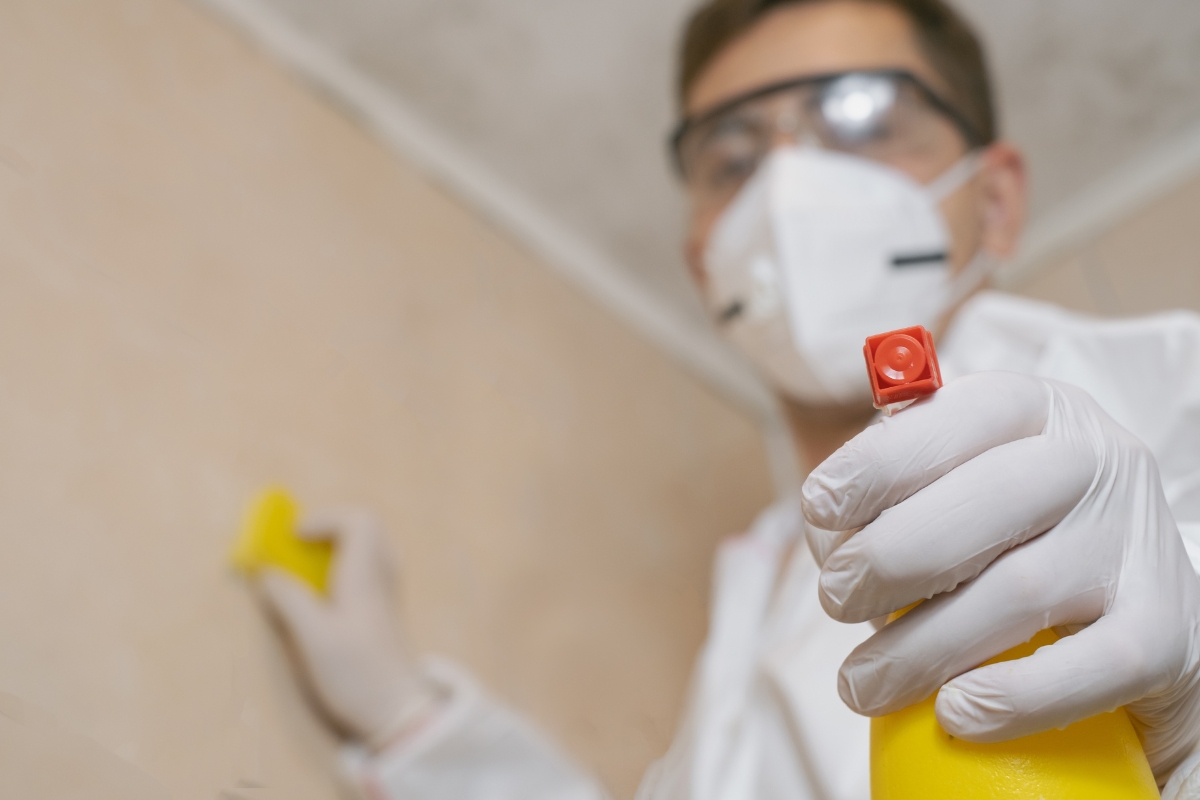
Cleaning products and disinfectants are essential tools in the battle against mold, but their effectiveness comes with the need for careful handling to ensure personal safety. Improper use of these chemicals can lead to skin irritation, respiratory problems, or even dangerous chemical reactions. That’s why it’s crucial to take precautions when using them.
First and foremost, always read the labels and instructions provided by the manufacturer. Many cleaning products require dilution, and using them in their concentrated form can be both ineffective and hazardous. Knowing the correct way to use each product will ensure that the cleaning process is both safe and efficient.
When dealing with stronger chemicals like bleach, proper ventilation is key. Open windows and use fans to circulate air, preventing the buildup of harmful fumes. It’s also critical to avoid mixing cleaning products—especially bleach and ammonia—as this can create toxic gases.
In addition to protecting your lungs, safeguard your skin by wearing gloves and long sleeves when handling disinfectants. Some cleaning agents can cause burns or allergic reactions if they come into contact with your skin. If you accidentally get any product on your skin, rinse the area thoroughly with water. Proper safety measures allow you to effectively tackle mold without compromising your health.
Effective Mold Remediation Techniques: Scrubbing, Drying, and Disposal
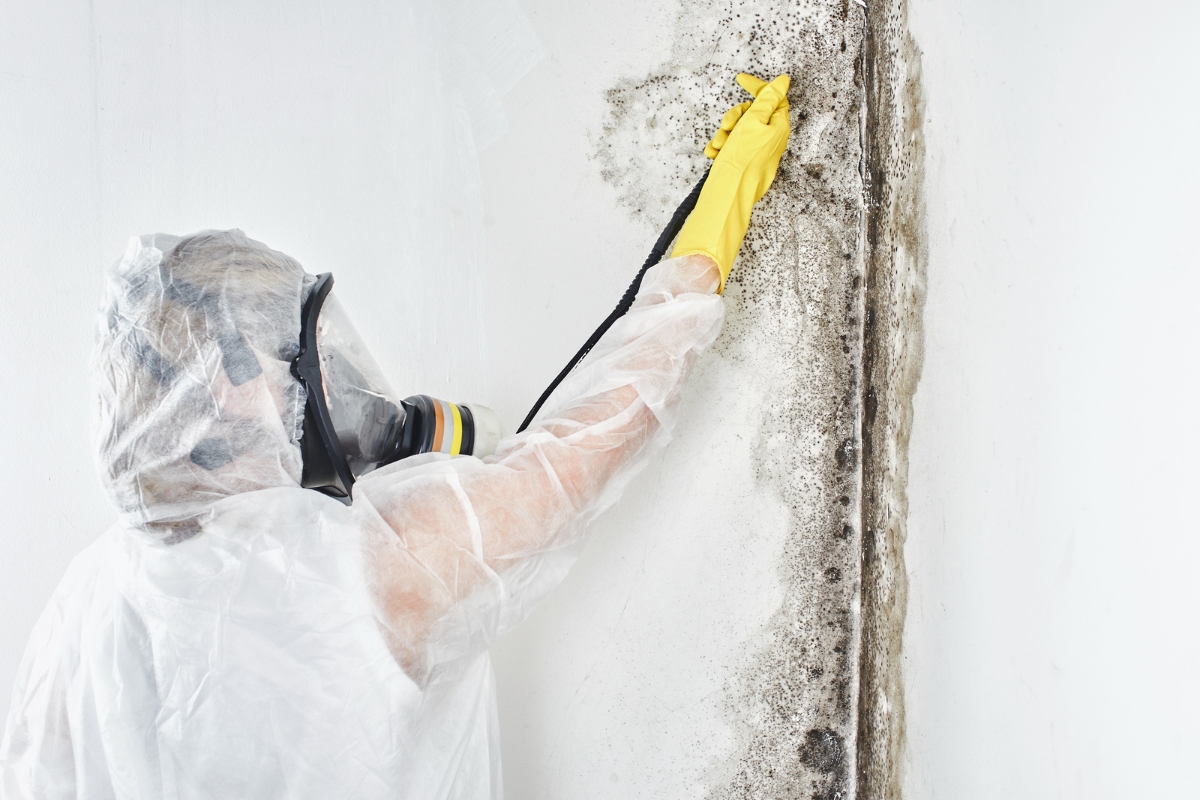
When it comes to ensuring mold removal safety, following effective techniques is crucial to protect both your home and health. Scrubbing, drying, and proper disposal are key steps in the process.
- Scrubbing: To effectively remove mold, scrubbing the affected areas with a mixture of water and detergent can be highly effective. Use a scrub brush or sponge to physically remove the mold from surfaces. Ensure proper ventilation during this process to prevent inhaling mold spores.
- Drying: After scrubbing, thorough drying is essential to prevent mold from regrowing. Use fans, dehumidifiers, or open windows to enhance air circulation and speed up the drying process. Remember, mold thrives in damp environments, so keeping areas dry is crucial for long-term prevention.
- Disposal: Proper disposal of mold-infested materials is vital for mold removal safety. Seal off any items or materials that cannot be salvaged in plastic bags before removing them from your home. This prevents the spread of mold spores to other areas.
By following these mold removal techniques diligently, you can effectively eliminate mold from your home while safeguarding your health and well-being. Remember, mold removal safety should always be a top priority to create a healthy living environment.
Preventing Mold Spores Regrowth: Humidity Control and Moisture Prevention
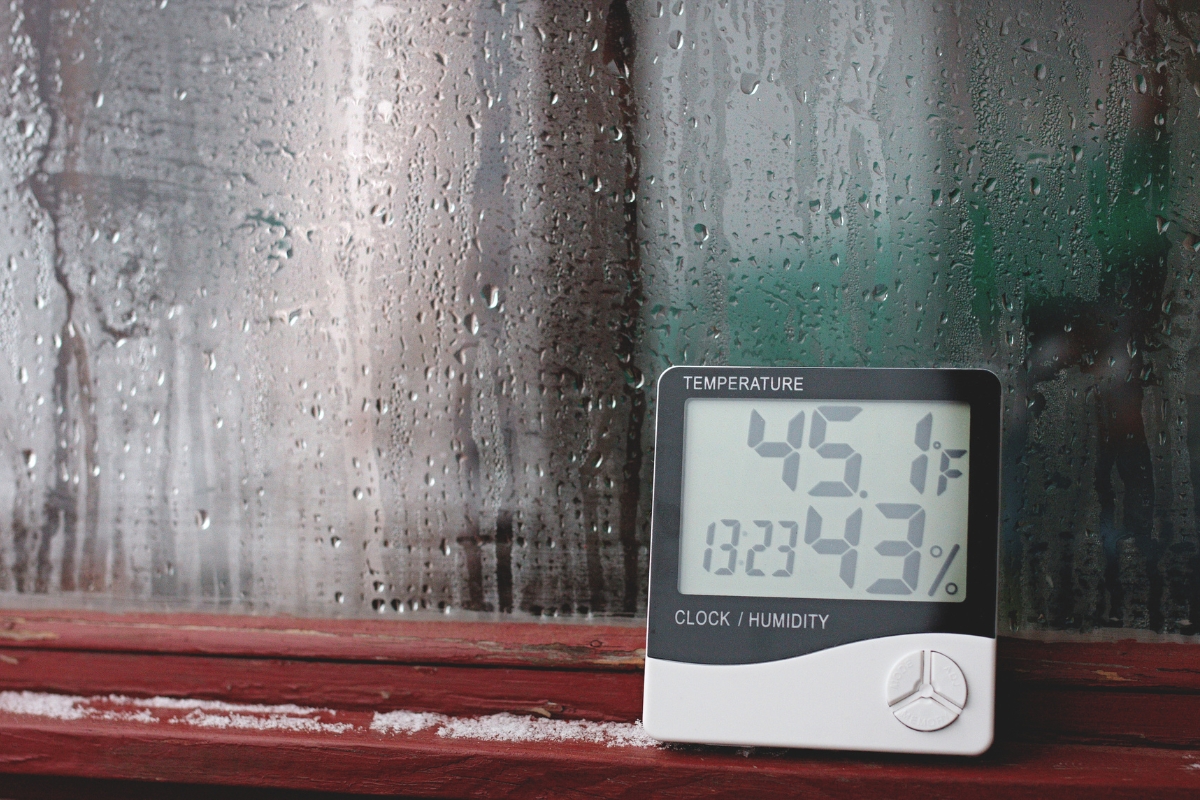
Mold thrives in damp environments, making moisture control a key factor in preventing mold regrowth after removal. The best way to keep mold at bay is to manage your home’s humidity levels and address any moisture-related issues promptly.
One effective strategy is to maintain indoor humidity levels below 50%. You can achieve this by using dehumidifiers, especially in moisture-prone areas like basements, bathrooms, and laundry rooms. These devices help draw excess moisture out of the air, creating a less hospitable environment for mold to grow. In addition, regularly monitor these areas to ensure humidity stays within the ideal range.
Addressing leaks immediately is equally important. Whether it’s a leaky roof, a dripping faucet, or a cracked pipe, even small leaks can create an ideal environment for mold. Ensure proper ventilation in moisture-heavy areas, such as by using exhaust fans in kitchens and bathrooms to reduce humidity from cooking or hot showers.
Regular cleaning of mold-prone areas like shower curtains, window sills, and air conditioning units can also help keep mold from re-establishing itself. Inspect your home for signs of water damage, and fix problems promptly to prevent moisture buildup that encourages mold growth.
Seeking Professional Mold Remediation: When to Call in the Experts
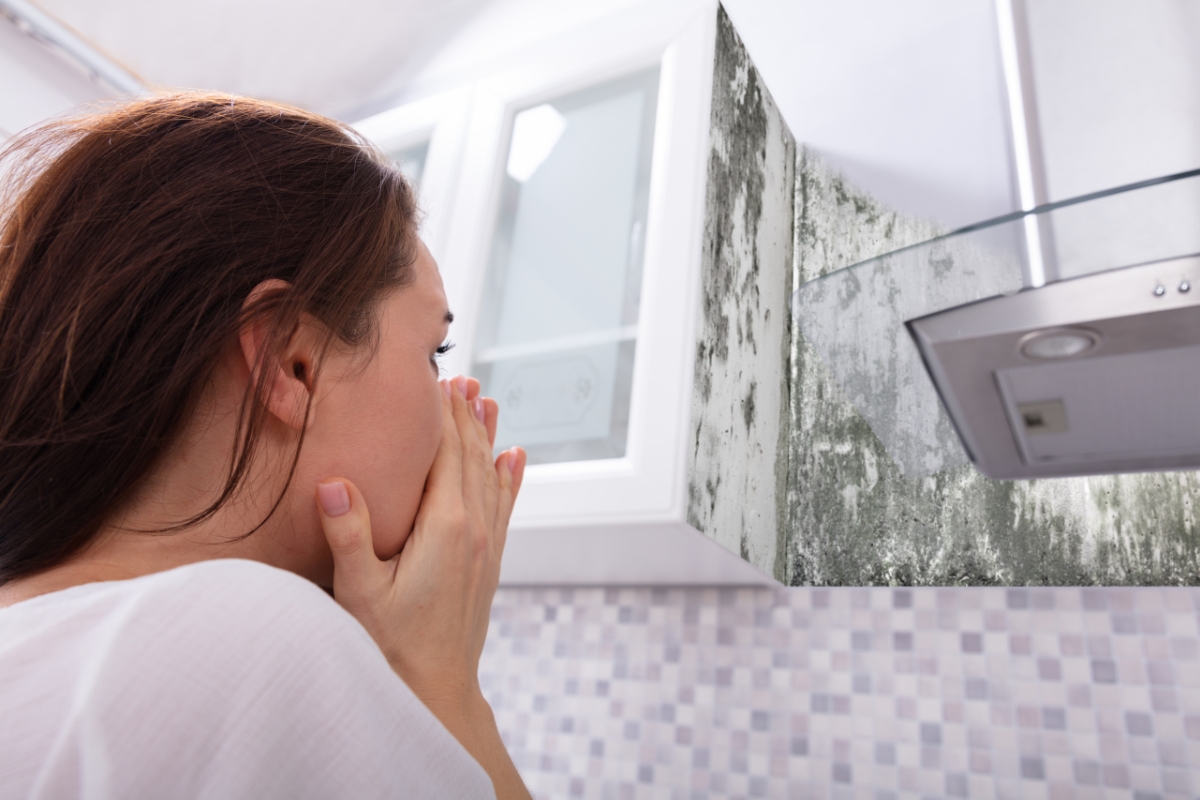
While minor mold issues can often be managed with DIY methods, there are specific situations where it’s essential to call in professionals to ensure a safe and thorough remediation process.
One of the key indicators that professional help is needed is the size of the mold growth. If the affected area exceeds 10 square feet, this is considered a large infestation, which may require specialized tools and expertise. Additionally, if the mold stems from contaminated water or sewage, the risk of harmful bacteria or pathogens increases, making professional intervention necessary to avoid health risks.
Another important factor is your health. If you or anyone in your household has respiratory conditions, weakened immune systems, or other health concerns, professional mold remediation can help ensure a safe removal process without further exposure to harmful spores.
Experts can assess and treat mold in hard-to-reach or hidden areas, such as behind walls or under floors, where mold growth may not be visible. Their specialized equipment and knowledge also allow them to address potential sources of moisture, preventing future infestations.
Creating a Long-Term Plan for Maintaining a Mold-Free Home
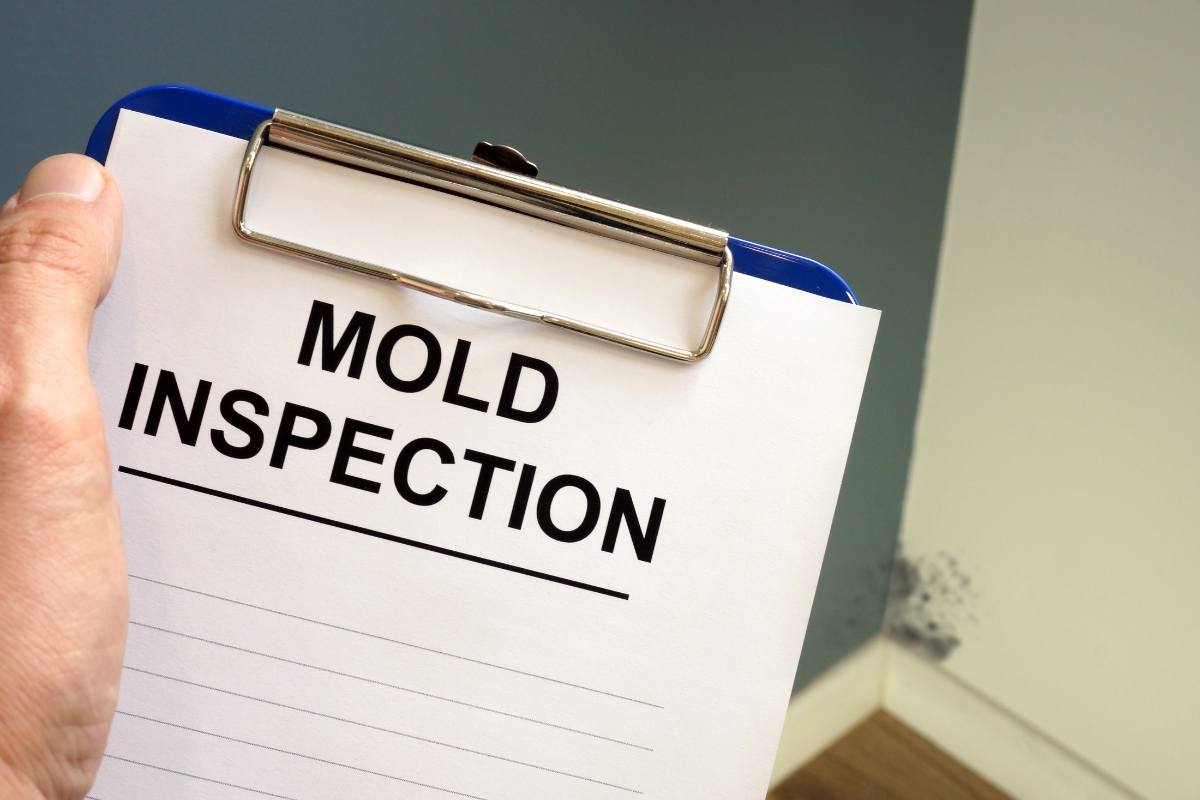
Mold removal is just the beginning of keeping your home safe and healthy. To prevent mold from returning, it’s essential to implement a long-term maintenance plan that focuses on moisture control and proactive home care.
Start by regularly inspecting your home for any signs of water damage or excessive moisture. Look closely at areas prone to leaks, such as around windows, roofs, and plumbing fixtures. Address any leaks or repairs as soon as they are detected to stop moisture buildup, a key cause of mold growth.
In addition, maintain proper ventilation in areas that tend to collect moisture, such as bathrooms, kitchens, and basements. Use exhaust fans, dehumidifiers, and open windows when necessary to keep humidity levels below 50%.
It’s also beneficial to choose mold-resistant materials when renovating or remodeling spaces, especially in damp-prone areas like bathrooms and basements. Products like mold-resistant drywall or paints can add an extra layer of protection.
Finally, educate yourself on new techniques and cleaning products that prevent mold from resurfacing. Routine cleaning with anti-fungal cleaners and staying informed about advances in mold prevention will keep your home mold-free for the long haul. A proactive, consistent approach is the best way to ensure your living space remains healthy.
Conclusion: Safeguarding Your Home and Health Through Mold Removal Safety
By implementing these essential tips for mold removal safety, you can safeguard your living environment and ensure the well-being of your loved ones. Safeguarding your home and health from the dangers of mold is crucial for maintaining a safe living environment.
Trust the experts at Restor-It, Inc. for comprehensive mold remediation and safety solutions. We provide reliable and efficient services to help you breathe easier in a mold-free home. Contact us today at (678) 355-6645 or visit our website to request a free quote through our online form.

